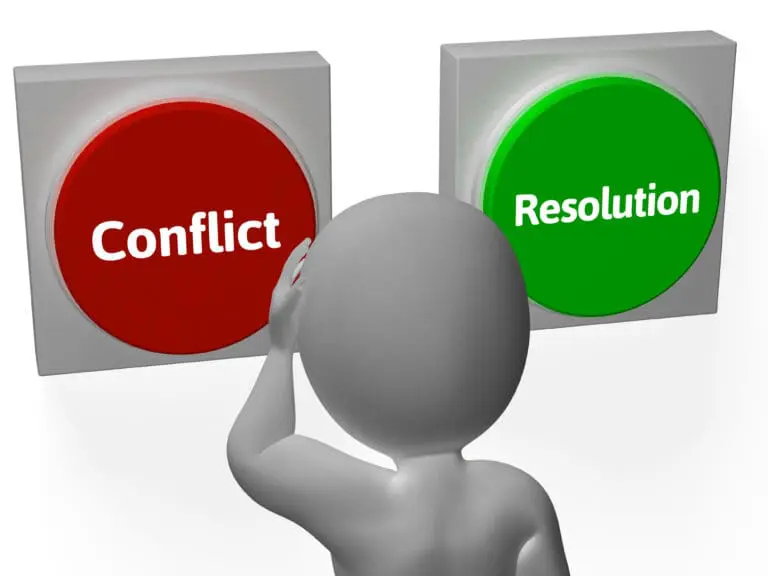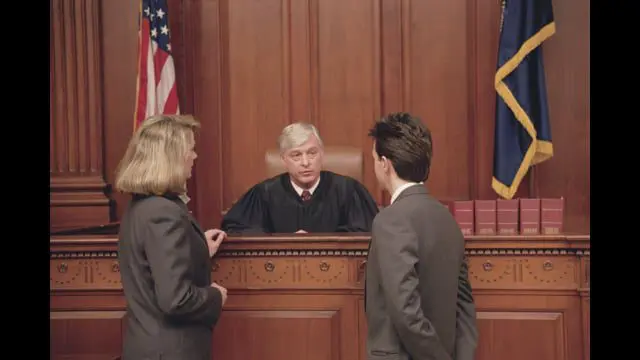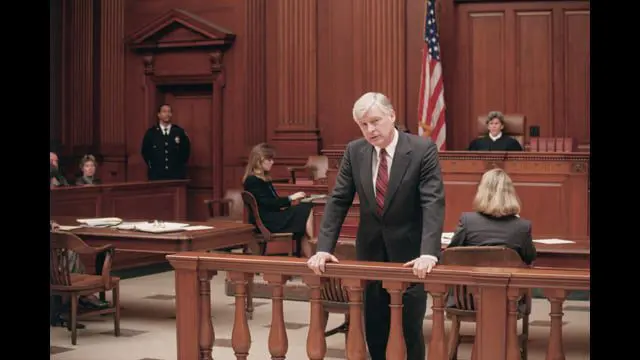In the realm of civil law, defamation stands as a critical safeguard for individuals and entities seeking to protect their reputations from false and damaging statements. As society continues to evolve in the digital age, the importance of understanding and navigating defamation law has become increasingly paramount. This article delves into the intricacies of defamation law, exploring its fundamental principles, recent developments, and the challenges posed by the ever-expanding digital landscape.
Defamation, in its essence, encompasses two distinct forms: libel y slander. Libel refers to written or published defamatory statements, while slander pertains to spoken defamation. Both forms share the common thread of false statements that harm the reputation of the subject. The law recognizes the delicate balance between protecting individual reputations and preserving the fundamental right to free speech, a tension that has shaped the development of defamation law over centuries.
The elements of a defamation claim typically include a false statement purporting to be fact, publication or communication of that statement to a third party, fault amounting to at least negligence, and damages or harm to the reputation of the subject. These elements form the foundation upon which defamation cases are built and adjudicated. However, the application of these principles can vary significantly depending on the jurisdiction and the specific circumstances of each case.
One of the most significant developments in modern defamation law came with the landmark U.S. Supreme Court decision in New York Times Co. v. Sullivan (1964). This case established the “actual malice” standard for public officials seeking to prove defamation. Under this standard, a public official must demonstrate that the defendant made the false statement with knowledge of its falsity or with reckless disregard for the truth. This ruling fundamentally altered the landscape of defamation law in the United States, providing broader protections for speech concerning public figures and matters of public concern.
The Sullivan decision and subsequent cases have extended the actual malice standard to encompass not only public officials but also public figures. This expansion has created a tiered system of defamation law, where the burden of proof varies depending on the plaintiff’s status. Private individuals generally face a lower burden in proving defamation claims, typically needing to demonstrate only negligence on the part of the defendant.
The distinction between public and private figures has become increasingly blurred in the age of social media and viral content. Individuals who may not have traditionally been considered public figures can suddenly find themselves thrust into the public eye, raising questions about their status in potential defamation cases. Courts have grappled with this issue, often considering factors such as the plaintiff’s voluntary involvement in public controversies and their access to media platforms to counter defamatory statements.
In recent years, the rise of online platforms and social media has presented new challenges for defamation law. The ease with which information can be shared and amplified online has led to an increase in defamation cases stemming from social media posts, online reviews, and blog entries. These cases often involve complex jurisdictional issues, as defamatory content can be published and accessed globally, raising questions about which laws apply and where cases should be adjudicated.
The anonymity afforded by many online platforms has further complicated defamation law. Plaintiffs may face significant hurdles in identifying the source of defamatory statements made by anonymous or pseudonymous users. This has led to the development of legal procedures for unmasking anonymous defendants, balancing the right to seek redress for defamation against the right to anonymous speech.
Another emerging issue in defamation law is the role of intermediaries, such as social media platforms and internet service providers. Section 230 of the Communications Decency Act in the United States provides broad immunity to these intermediaries for content posted by third parties. This protection has been the subject of intense debate, with some arguing that it allows harmful content to proliferate unchecked, while others contend that it is essential for preserving free expression online.
The global nature of online communication has also highlighted the disparities in defamation laws across different jurisdictions. Some countries have more plaintiff-friendly defamation laws, leading to concerns about “libel tourism,” where plaintiffs seek to bring cases in jurisdictions with laws more favorable to their claims. This has prompted some jurisdictions to enact laws to protect their citizens from foreign defamation judgments that do not comport with their own free speech standards.
In the United Kingdom, the Defamation Act 2013 introduced significant reforms to defamation law, including a “serious harm” threshold for bringing defamation claims. This requirement aims to discourage trivial or vexatious lawsuits while still providing a remedy for genuine cases of reputational harm. The Act also introduced a new defense of “publication on a matter of public interest,” which replaced the common law defense of “Reynolds privilege.”
Australia has also seen recent developments in defamation law, with reforms aimed at addressing the challenges posed by digital communication. These changes include the introduction of a “single publication rule,” which sets the limitation period from the date of first publication rather than each subsequent download or access of the material. This rule aims to prevent indefinite liability for online content.
The intersection of defamation law and privacy rights has become increasingly relevant in the digital age. The right to be forgotten, recognized in some jurisdictions, allows individuals to request the removal of certain information about them from internet searches and other directories. This concept has implications for defamation law, as it relates to the persistence of potentially defamatory information online.
Defamation law must also contend with the phenomenon of “fake news” and deliberate disinformation campaigns. The rapid spread of false information online can cause significant reputational harm, yet traditional defamation law may struggle to provide timely and effective remedies. Some jurisdictions have explored specific legislation to combat fake news, though such efforts often face criticism on free speech grounds.
The use of artificial intelligence and machine learning in content creation and dissemination presents novel challenges for defamation law. As AI systems become more sophisticated in generating human-like text, questions arise about liability for defamatory statements produced by these systems. This may require a reevaluation of concepts such as intent and fault in the context of AI-generated content.
Strategic Lawsuits Against Public Participation (SLAPPs) have emerged as a concerning trend in defamation law. These lawsuits are typically brought by powerful entities to intimidate and silence critics through the burden of legal proceedings. Many jurisdictions have enacted anti-SLAPP legislation to provide early dismissal of such cases and protect free speech.
The interplay between defamation law and other areas of law, such as copyright and trademark law, can create complex legal scenarios. For instance, the use of a trademark in a way that could be considered defamatory may implicate both bodies of law. Courts must navigate these intersections carefully to ensure appropriate remedies and protections.
Defamation law also intersects with employment law in cases involving workplace defamation. Employees may bring defamation claims against employers for negative references or internal communications that harm their professional reputation. Conversely, employers may face defamation claims from former employees for statements made during termination proceedings or in response to inquiries from prospective employers.
The role of opinion in defamation law remains a nuanced area. While pure opinions are generally protected from defamation claims, the line between fact and opinion can often be blurry. Courts must consider the context and presentation of statements to determine whether they would be understood by a reasonable person as assertions of fact or expressions of opinion.
Remedies in defamation cases typically include monetary damages to compensate for reputational harm and any consequential losses. In some cases, courts may issue injunctions to prevent further publication of defamatory material. However, the use of injunctions in defamation cases must be balanced against concerns about prior restraint on speech.
The burden of proof in defamation cases varies depending on the jurisdiction and the status of the plaintiff. In many common law jurisdictions, the plaintiff bears the burden of proving the falsity of the statement in question. However, some jurisdictions place the burden on the defendant to prove the truth of the statement as a defense.
Defamation law must also address the phenomenon of “deepfakes” – highly realistic manipulated video or audio content that can be used to create false impressions of individuals saying or doing things they never actually did. The potential for reputational harm from convincing deepfakes is significant, and legal systems are grappling with how to address this emerging threat within the framework of existing defamation law.
The concept of group defamation, where statements are made about a class or category of people rather than a specific individual, presents unique challenges. Courts must determine whether such statements can give rise to individual defamation claims and under what circumstances.
In the context of scientific and academic discourse, defamation law plays a crucial role in balancing the need for robust debate and criticism with protection against false and damaging statements. Academic freedom and the importance of peer review must be weighed against the potential for reputational harm in disputes over research findings or professional conduct.
The use of defamation law in political contexts remains a contentious issue. While robust political debate is essential for democracy, there is also a need to protect individuals from false and malicious attacks. Many jurisdictions provide heightened protections for speech about public officials and political matters, recognizing the importance of uninhibited discussion on matters of public concern.
International efforts to harmonize defamation laws face significant challenges due to varying cultural and legal traditions. However, there is growing recognition of the need for some level of international cooperation in addressing cross-border defamation issues, particularly in the online context.
The role of apologies and retractions in defamation law varies across jurisdictions. Some legal systems place significant weight on prompt and prominent retractions as a means of mitigating damages, while others view them as less consequential. The effectiveness of apologies in the digital age, where information can spread rapidly and persist indefinitely, is an ongoing area of debate.
Defamation law must also contend with the phenomenon of “doxing” – the publication of private or identifying information about an individual with malicious intent. While not always defamatory in the traditional sense, doxing can cause significant harm to an individual’s reputation and privacy, raising questions about how such actions should be addressed under defamation law.
The use of defamation law by corporations to protect their reputations presents unique considerations. Many jurisdictions allow companies to bring defamation claims, but the standards and available remedies may differ from those applicable to individual plaintiffs. The potential for large corporations to use defamation law to stifle criticism has led to calls for reform in some quarters.
As defamation law continues to evolve in response to technological and societal changes, it remains a crucial mechanism for protecting individual and corporate reputations. However, it must constantly balance this protection against the fundamental right to free expression. The ongoing challenge for lawmakers, courts, and legal practitioners is to adapt defamation law to the realities of the digital age while preserving its core principles and protections.
Website citations:
- https://www.carter-ruck.com/law-guides/defamation-and-privacy-law-in-united-states/
- https://firstamendment.mtsu.edu/article/defamation/
- https://www.casamo.com/defamation-laws-a-review-for-legal-counsel/
- https://www.minclaw.com/defamation-cases/
- https://www.hepworthlegal.com/the-impact-of-social-media-on-defamation-cases/
- https://www.gov.ie/en/press-release/d297d-minister-mcentee-and-minister-browne-publish-defamation-bill/
- https://www.cbabc.org/BarTalk/Articles/2019/December/Features/The-Rise-of-Defamation-in-the-Era-of-Social-Media
- https://bluenotary.us/define-defamation-2/
- https://www.laxneville.com/defamation-slander-and-libel.html
- https://www.findlaw.com/injury/torts-and-personal-injuries/defamation-law-the-basics.html
- https://www.nolo.com/legal-encyclopedia/libel-vs-slander-different-types-defamation.html
- https://www.alllaw.com/articles/nolo/civil-litigation/defamation-libel-slander.html
- https://www.law.cornell.edu/wex/new_york_times_v_sullivan_(1964)
- https://inforrm.org/2022/12/29/top-10-defamation-cases-2022-a-selection-suneet-sharma/
- https://fastercapital.com/content/The-Legal-Implications-of-Online-Defamation-in-Reputation-Management.html
- https://www.iiprd.com/defamation-in-the-digital-age-navigating-social-media-blogs-and-legal-consequences/









